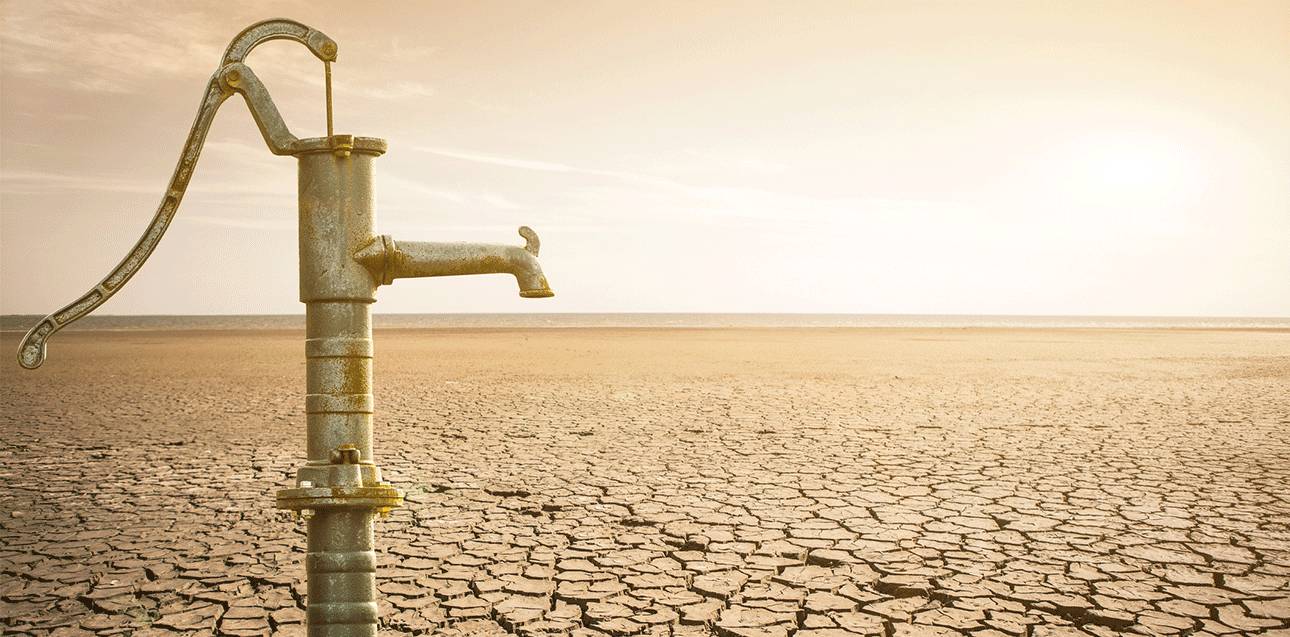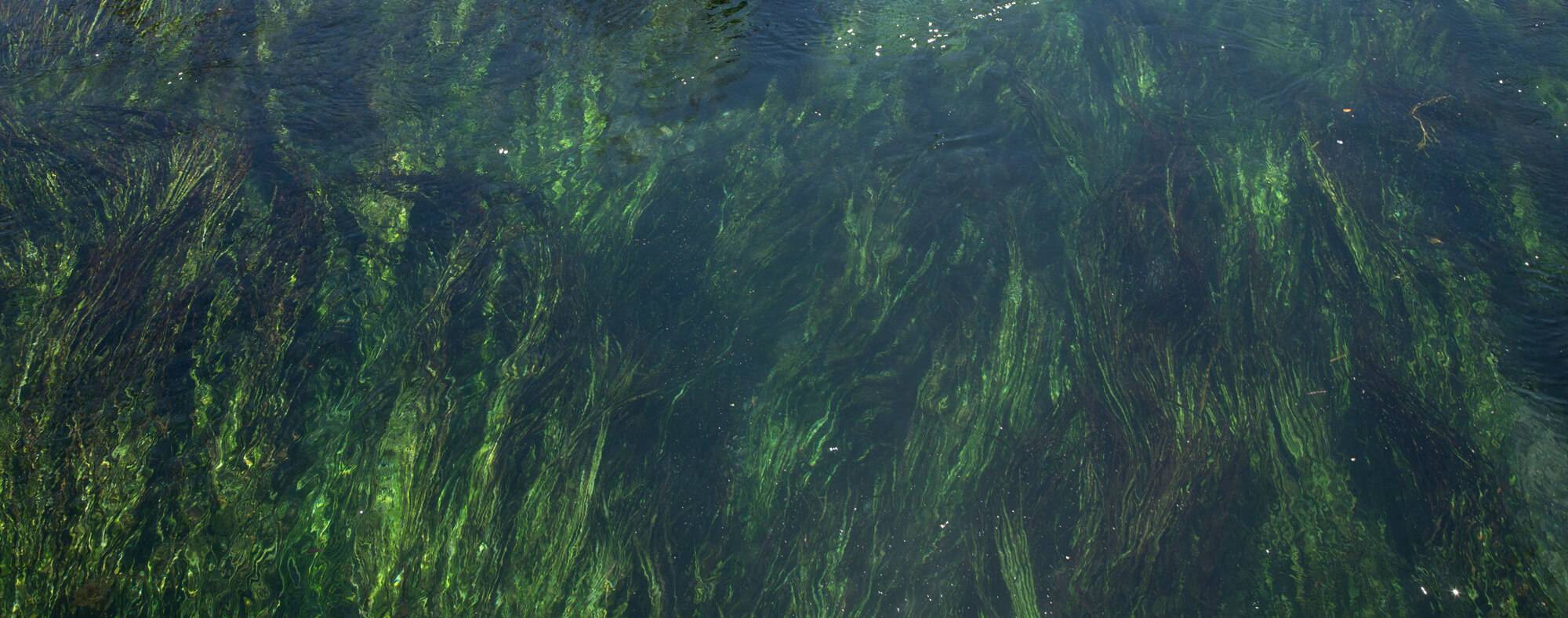How Much Water Does Frac Sand Mining Use?

Project Summary
Hydraulic fracturing (fracking) a well requires sand and water—water to over-pressure the formation to its breaking point and sand to prop the resulting array of fractures open once the pressure is released. However, the mining of sand for fracking also requires water, and more and more sand is being mined in Texas locally to major oil and gas plays.
 The Meadows Center investigated the potential effects of frac sand facilities on the groundwater resources in the Monahans-Mescalero Sand Ecosystem in Andrews, Crane, Ector, Gaines, Ward, and Winkler counties in West Texas (study area map on the right).
The Meadows Center investigated the potential effects of frac sand facilities on the groundwater resources in the Monahans-Mescalero Sand Ecosystem in Andrews, Crane, Ector, Gaines, Ward, and Winkler counties in West Texas (study area map on the right).
Limited local information suggests that frac sand facilities in the study area consume between 60 and 250 gallons of water per ton—the exact amount depending on how sand is transported, how clean the sand is and the water efficiency of a facility. And with frac sand facilities in the study area having an annual capacity of 56.8 million tons, a substantial amount of water might be pumped from local aquifers. Numerical modeling suggests that aquifer levels can be expected to decline locally in the Pecos Valley Aquifer and regionally in the Dockum Aquifer.
Objectives
-
Describe the minor and major aquifers in the study area
The study area includes the Capitan Reef Complex, Dockum, Edwards-Trinity (High Plains), EdwardsTrinity (Plateau), Ogallala, and Pecos Valley aquifers.
Information will source from the literature, including the Texas Water Development Board’s (TWDB’s) groundwater availability modeling reports and published reports by the TWDB, the U.S. Geological Survey, and others, where appropriate.
-
Investigate the occurrence of perched aquifers in the study area
Information will source from a desktop survey of water levels in TWDB’s water well database as well as a review of the literature.
-
Assess historical trends in water levels in the study area’s aquifers
Information will source from TWDB’s water well database
-
Assess existing and planned uses of groundwater in the study area
Information will source from the state water plan, TWDB’s water use survey, the literature, and other sources as appropriate.
-
Model projected impacts to groundwater levels from increased pumping from oil and gas activities through 2030, including sand mining activities
Where appropriate, use groundwater availability models or other numerical or analytical models. Describe the uncertainty associated with the simulations.
Project Lead

Robert Mace, Ph.D., P.G.
Executive Director & Chief Water Policy Officer
Professor of Practice, Department of Geography
(512) 245-6021
rem142@txstate.edu
Faculty Profile
Funder
This study was funded by the Texas Comptroller of Public Accounts.
